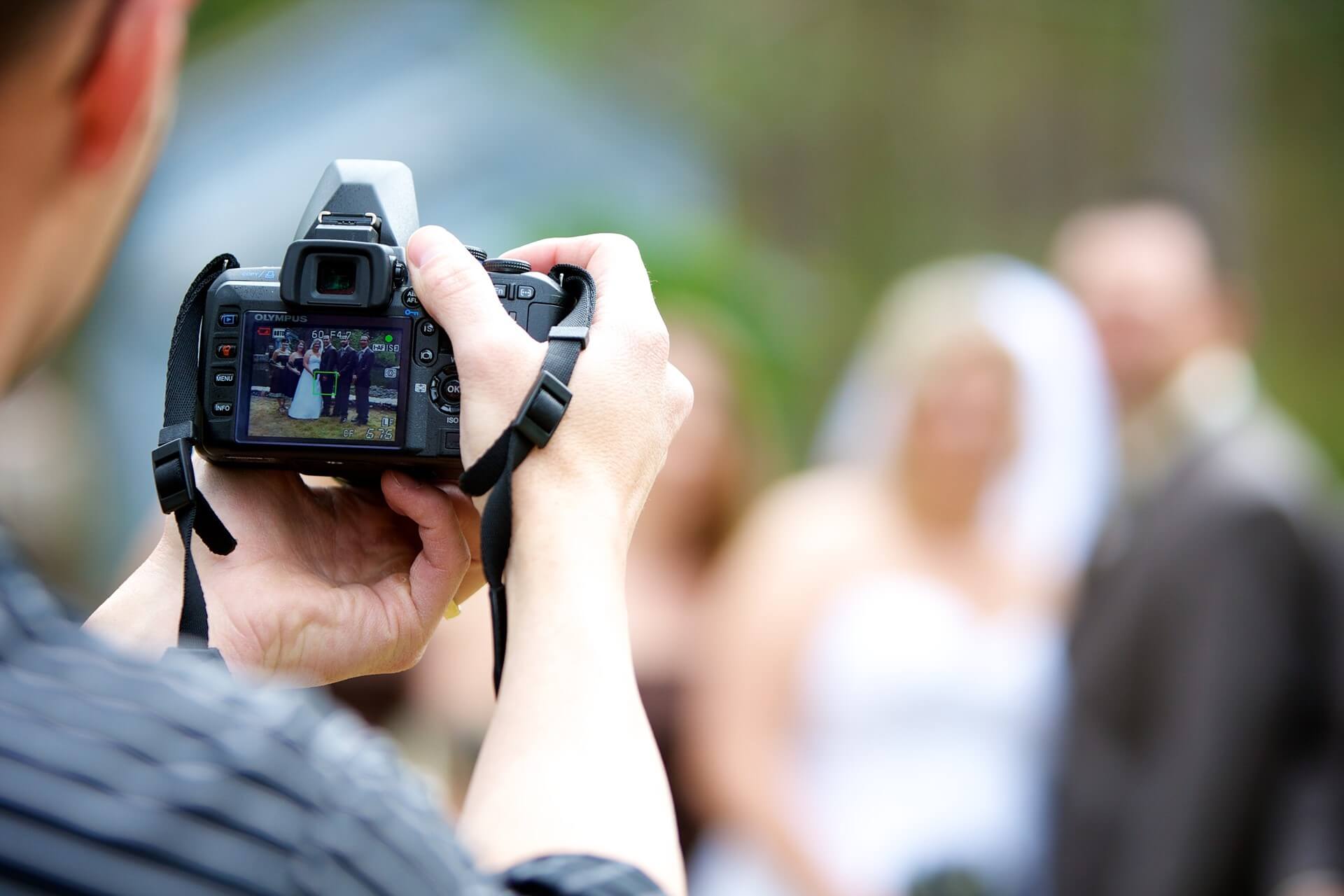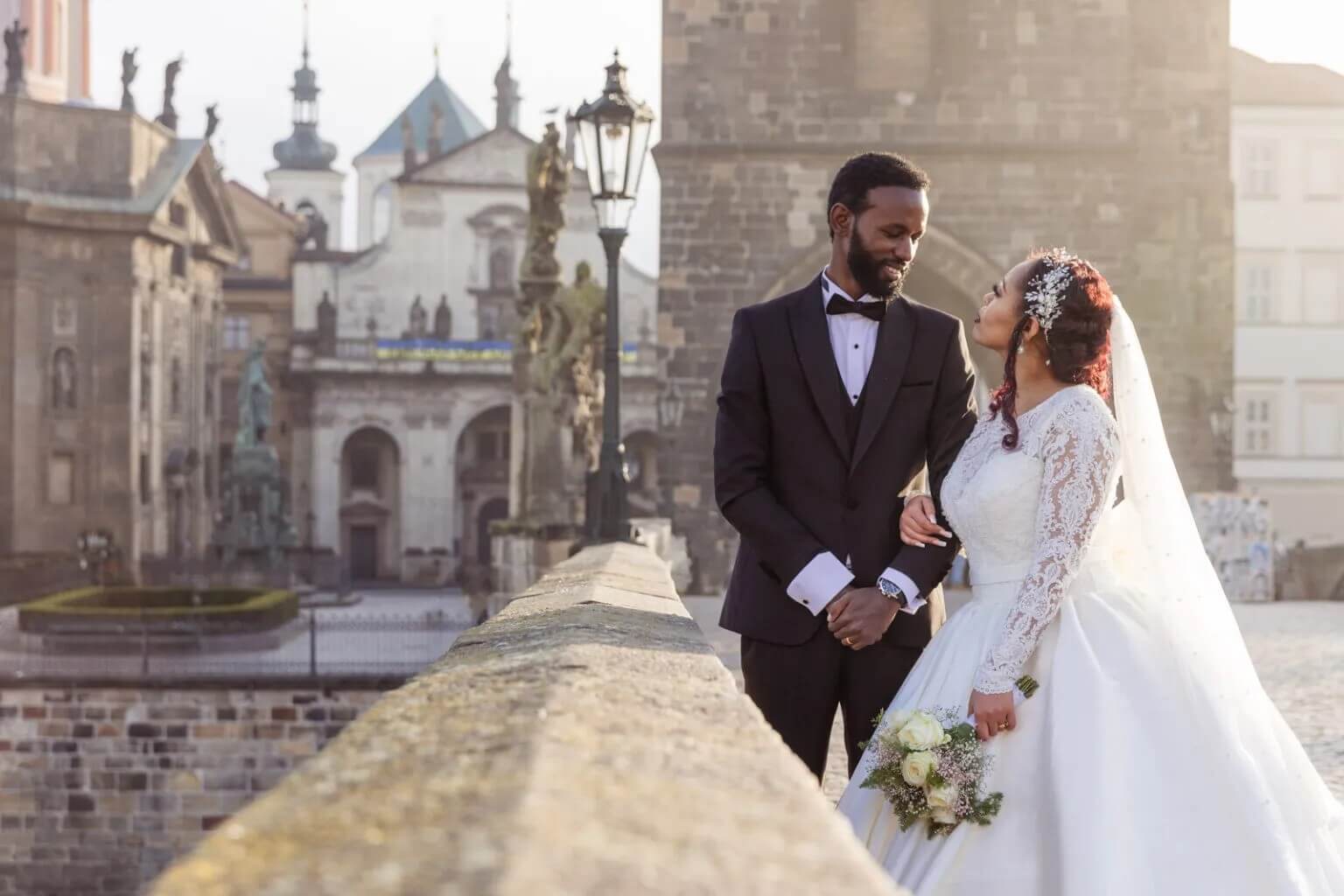Wedding photography is an art that requires both technical skill and creativity. Capturing the emotions, details, and atmosphere of a wedding day is essential for delivering high-quality images that tell a beautiful love story.
Whether you are a beginner or an experienced photographer, mastering the right techniques can significantly enhance your wedding photography skills.
In this guide, we will cover the key aspects of wedding photography, including essential gear, lighting techniques, composition strategies, and post-processing tips.
Wedding Photography: Essential Gear And Camera Settings
To achieve professional results in wedding photography, selecting the right camera and equipment is crucial. Weddings are dynamic events with changing light conditions and fast-moving subjects, so you need reliable gear to capture every special moment.
Best Camera Choices
- Full-frame DSLR or mirrorless cameras – Provide excellent image quality and low-light performance.
- High ISO capabilities – Allow for shooting in dimly lit venues without excessive noise.
Top Lenses
- 50mm f/1.4 or f/1.8 – Ideal for intimate and detailed portraits.
- 24-70mm f/2.8 – A versatile lens for capturing wide and mid-range shots.
- 70-200mm f/2.8 – Perfect for candid moments from a distance.
With the right gear, your wedding photography workflow will be more efficient and produce high-quality images.
How To Use Lighting Effectively For Stunning Wedding Photos
Lighting plays a crucial role in wedding photography as it enhances mood, highlights emotions, and creates depth in images. Understanding how to use both natural and artificial light will help you achieve the best results.
Natural Light Techniques
- Golden Hour: The soft, warm light during sunrise and sunset adds a romantic feel to portraits.
- Window Light: Indoors, using window light can create beautiful, natural-looking shots.
Artificial Lighting Methods
- Off-Camera Flash: Balances lighting in low-light conditions and eliminates harsh shadows.
- Continuous LED Lights: Useful for maintaining consistent lighting during the reception and indoor shoots.
By mastering lighting techniques, your wedding photography will produce professional-looking images with perfect exposure.
Capturing Emotions And Natural Moments On The Big Day
One of the most important aspects of wedding photography is capturing real emotions and candid moments. These images tell a more authentic story of the couple’s special day.
Tips for Capturing Genuine Emotions
- Be observant – Watch for spontaneous laughter, tears, and joyful expressions.
- Use a telephoto lens – Capture intimate moments without intruding.
- Encourage natural interactions – Ask the couple to engage in small actions like walking or whispering to each other.
Focusing on emotions and storytelling will make your wedding photography stand out and create images full of life.
Wedding Photography Poses And Composition Techniques
Posing and composition play a significant role in wedding photography by creating visually appealing and timeless images. Giving clear directions to couples ensures beautiful and flattering portraits.
Best Wedding Photography Poses
- The Walk: A natural and romantic movement captured in motion.
- Forehead Touch: An intimate pose that expresses love and connection.
- The Twirl: Adds elegance and dynamic energy to the shot.
Composition Techniques
- Rule of Thirds: Positioning subjects slightly off-center for a balanced look.
- Leading Lines: Using architectural elements or landscapes to guide attention.
- Frame Within a Frame: Shooting through doorways or natural surroundings for a creative effect.
Implementing these techniques ensures that your wedding photography has a polished and professional look.
Editing And Retouching Tips To Enhance Wedding Photos
Post-processing is the final step in wedding photography, refining images and ensuring they meet professional standards. Editing can correct exposure, enhance colors, and add finishing touches.
Basic Editing Techniques
- Adjust white balance – Ensure accurate and natural skin tones.
- Enhance contrast and brightness – Improve depth and clarity.
- Retouch subtly – Keep skin smoothing and detail enhancement natural.
Advanced Retouching
- Color grading – Match the wedding theme’s mood.
- Dodge and Burn – Enhance shadows and highlights for depth.
- Black and White Conversion – Create timeless, emotional portraits.
See you in the next post,
Anil UZUN

